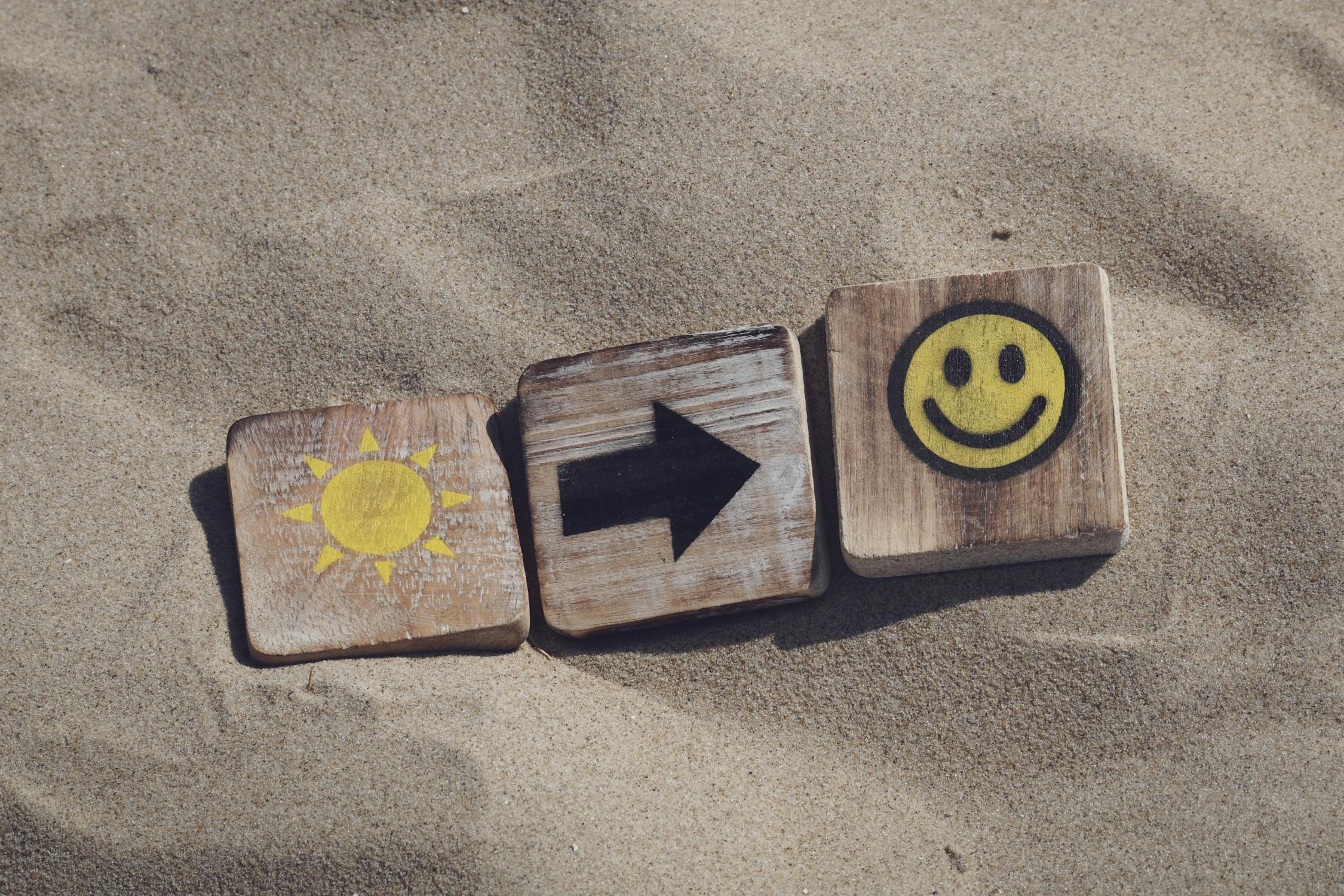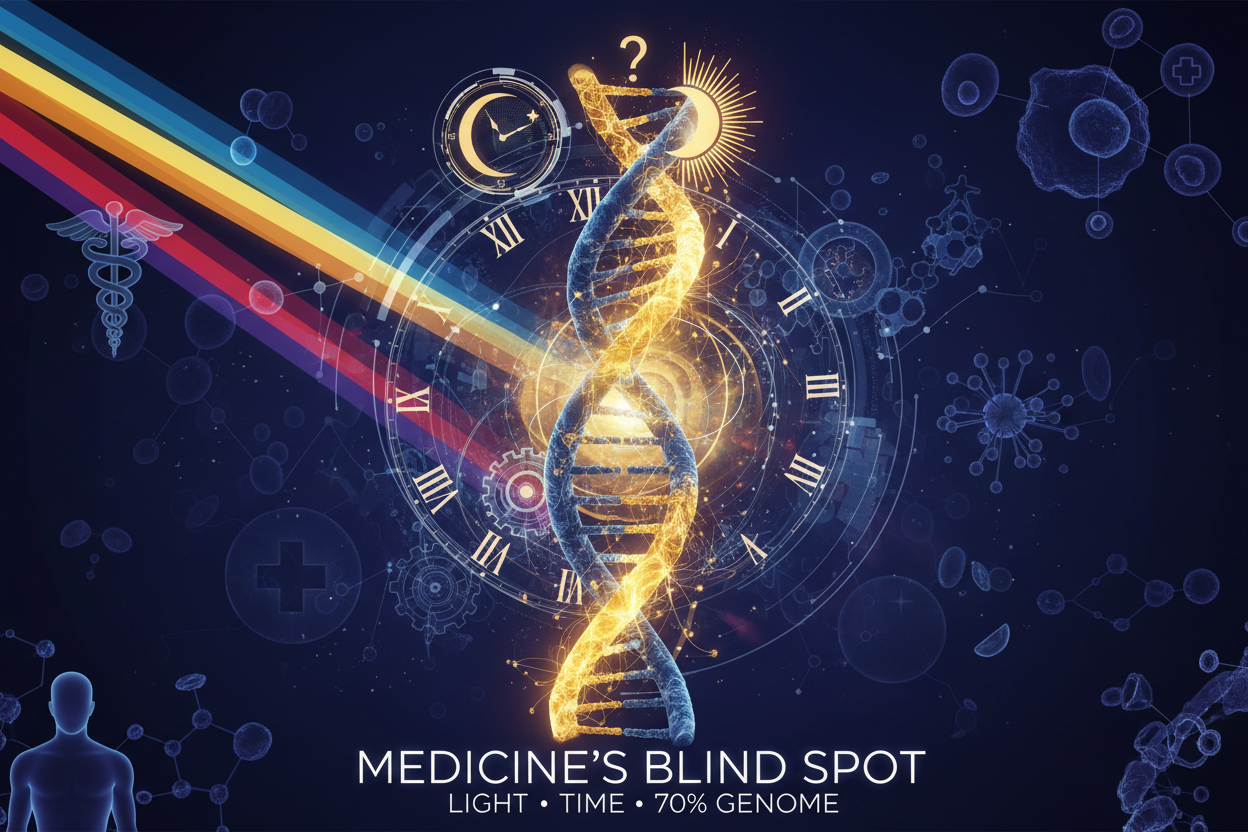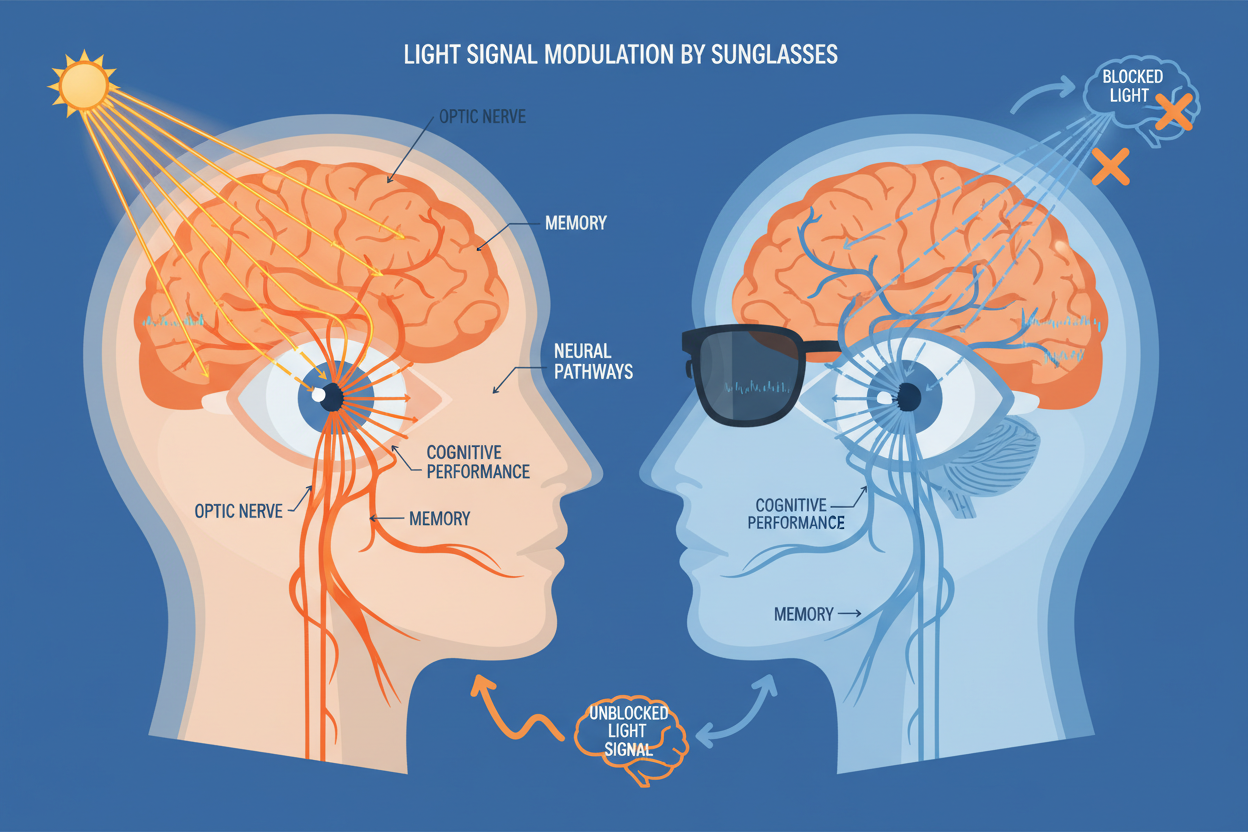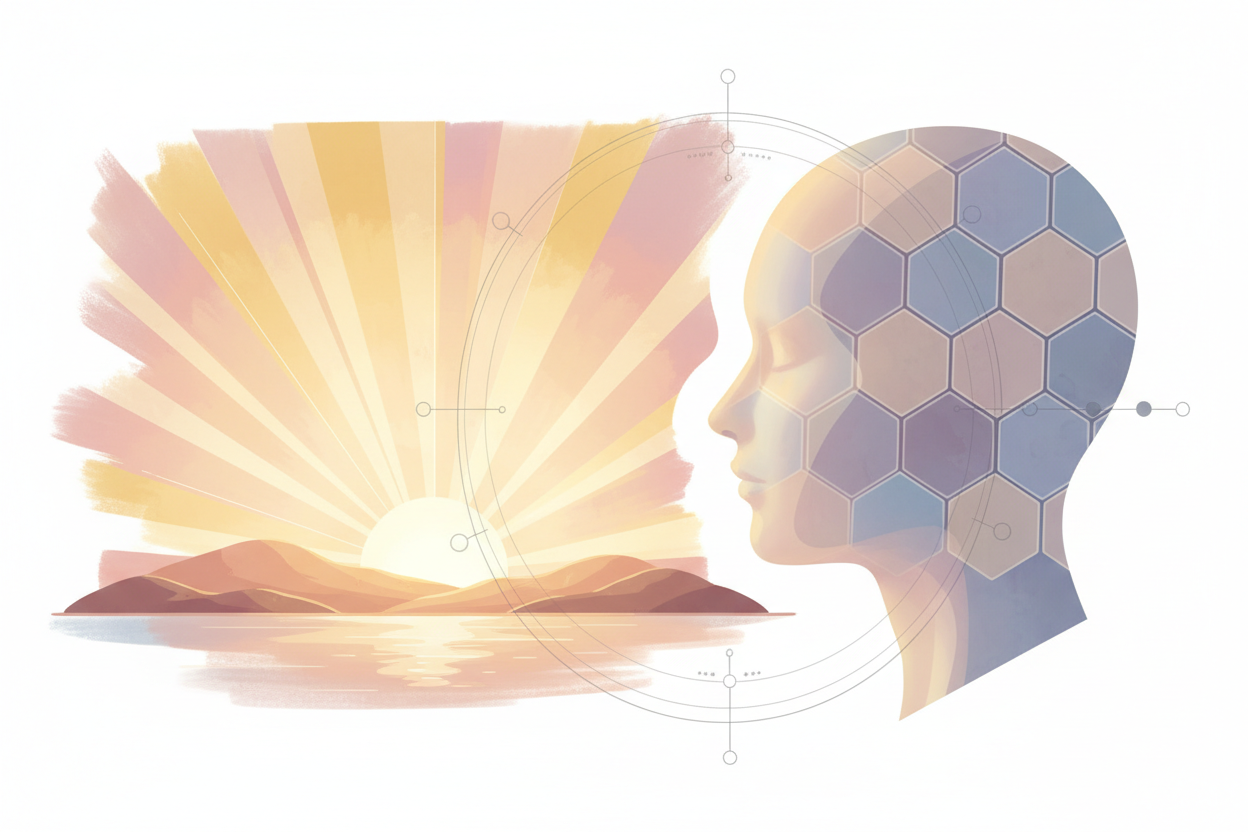
Sun and pressure: What science says about why we need light for a healthy heart
In recent years, we have come to regard the sun mainly as a risk: sunburn, skin cancer, premature aging. However, the sun is not just ultraviolet radiation – it is a complex biological stimulus that affects dozens of processes in our body. And as shown by a new extensive Swedish study published in 2021, it may be the key to better blood pressure – and a longer life.
What did the study examine?
A team of scientists from the Karolinska Institute and Lund University processed data from the Swedish cohort MISS (Melanoma in Southern Sweden), which included more than 23,000 women at the age of 25–74 years. The aim was to find out whether sun habits is associated with risk hypertension, measured indirectly according to the prescription of medication for high blood pressure between 2005–2007.
Sun exposure was assessed based on four questions:
oburning in summer
sunbathing in winter (in the mountains)
use of solarium - ideally photobiomodulation
traveling abroad for sunshine
According to the number of positive responses, women were classified into three categories:
low exposure (0 yes answers)
medium exposure (1–2 years answers)
high exposure (3–4 years answers)
What were the results?
After statistically accounting for factors such as age, BMI, stress, physical activity, and other variables, it was shown that:
Women withlow sun exposure had about 41% higher probabilityhypertension before women with high exposure
Women withmedium exposure had about 15% higher risk
Other risk factors:
Lack of physical activity increased the risk of hypertension by 36 %.
Chronic stress has been associated with almostdouble risk.
In women with a BMI over 30, the risk of hypertension was more than double.
These numbers are not small. And especially the relationship between sun exposure and pressure shows a clear dose-dependent trend – the less light, the higher the risk.
And what about vitamin D?
At first glance, it might seem like it's "just" vitamin D – but the study points out that Supplementation with vitamin D in clinical studies does not lead to a reduction in blood pressure or lower mortality from cardiovascular diseases . This suggests that the sun affects health much more comprehensively.
The study mentions other possible mechanisms:
Release of nitric oxide (NO) from leather after exposure to UV rays, which causesvasodilation and blood pressure reduction.
Increased sweating and sodium excretion for people spending time in the sun and being active.
Improvement of mood, release of endorphins and reduction of stress load (which itself increases blood pressure).
Furthermore, it is stated that most patients strongly avoided the sun even in the summer months, which could have been a health issue. On the contrary women with fair skin had a lower risk of hypertension , although the sun is often perceived as a greater risk for them (e.g., skin cancers). The authors therefore recommend reconsidering our relationship with sunlight as purely dangerous.
What does it imply?
This study clearly shows that active and sensible sun exposure is associated with a lower risk of hypertension – and probably also lower mortality from cardiovascular diseases. The sun is not just "vitamin D," but comprehensive biological signal, which affects blood vessels, the immune system, mood, and hormonal regulation.
It's not about getting sunburned. It's about do not avoid the sun completely, but approach it as a natural, controlled dose of health.
Recommendation for practice:
Stay in the sun regularly, at least 5–30 minutes, 2–4× per week.
Ideal is morning or late afternoon , when the UV index is lower.
Combine outdoor stay with movement, which further enhances the effect.
In people with high blood pressure, it may be sun exposure perceived as non-pharmacological prevention – similarly to exercise or stress reduction.
Do not fear the light. Fear its absence.
Here is the expanded and final conclusion of the article, supplemented with the possibility of using photobiomodulation (PBM) panels as an alternative or supplementary light source in line with the article's theme and the brand's products Redlight.Doctor:
Conclusion
Aging is not just a matter of time – it is a biological process that we can influence. And one of its strongest silent factors is light. Modern humans have become light-deficient – we spend most of our lives under artificial lighting, indoors, under SPF cream. But our biology is still set to the natural rhythm of light and darkness.
The sun is free. It is biologically essential. And it is still greatly underestimated. If someone offered you a pill that lowers blood pressure, improves mood, supports immunity, and extends life – would you take it? The sun is exactly that kind of pill. And yet we are still afraid of it.
Fortunately, today there are modern technology , which allow us to harness the benefits of light even when natural sunlight is not available – for example, in winter, in cities, or in clinical settings. One of the most advanced options is photobiomodulation – a method that uses targeted UV, red, and near-infrared light (wavelengths 297–1280 nm) to influence mitochondria, vitamin D production, inflammatory pathways, microcirculation, and hormonal balance.
Panels Redlight.Doctor They are designed precisely for these purposes – they simulate the natural light spectrum with carefully selected wavelengths and intensity so that they can safely activate photoreceptors in the skin and subcutaneous tissue, support the production of nitric oxide, improve tissue oxygenation, and reduce the organism's stress reactivity.
The use of photobiomodulation panels may be suitable as:
an additional method for hypertension, chronic fatigue, inflammatory conditions
support for regeneration and circadian rhythm during lack of sunlight
systemic light therapy in patients with low exposure to natural UV radiation
part of biohacking protocols focused on vitality, sleep and longevity
In combination with outdoor activities, sufficient exercise, and conscious care of your biological rhythms, photobiomodulation can represent safe and effective tool for long-term prevention of lifestyle diseases .
Let's rediscover light as a medicine – and make full use of it. Before diagnoses come.
https://link.springer.com/content/pdf/10.1007/s43630-021-00017-x.pdf



Leave a comment
This site is protected by hCaptcha and the hCaptcha Privacy Policy and Terms of Service apply.